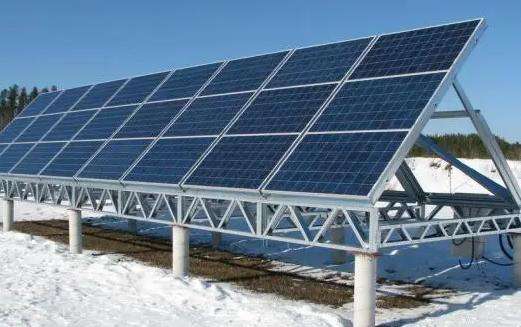1. Wind is a natural energy source that can promote the exchange of dry, cold and warm, humid air. Long ago, humans learned to make windmills and use wind power to pump water and process food. Today, people also use windmills to generate electricity.
2. Wind can mix and balance a wide range of heat and water vapor, adjust air temperature and humidity; it can send clouds and rain to distant places, completing the cycle of water on the earth.
3. Wind plays an important role in improving the environment of agricultural land. Air is known to flow to form wind, which transports and exchanges carbon dioxide, oxygen, heat, etc. in the air. Create conditions conducive to crop growth.
4. Wind can spread pollen and plant seedss, thereby helping plants to pollinate and reproduce.
5. However, wind often brings disaster to humans. Storms, typhoons and hurricanes can flood farmland, collapse houses and interrupt water supplies and electricity. Tornadoes can destroy large areas of buildings, leaving damage in their wake.
6. In addition, the wind will also stir up sand and dust, forming sandstorms, which are harmful to the human body. It will also cause the desert to move and form deserts.














